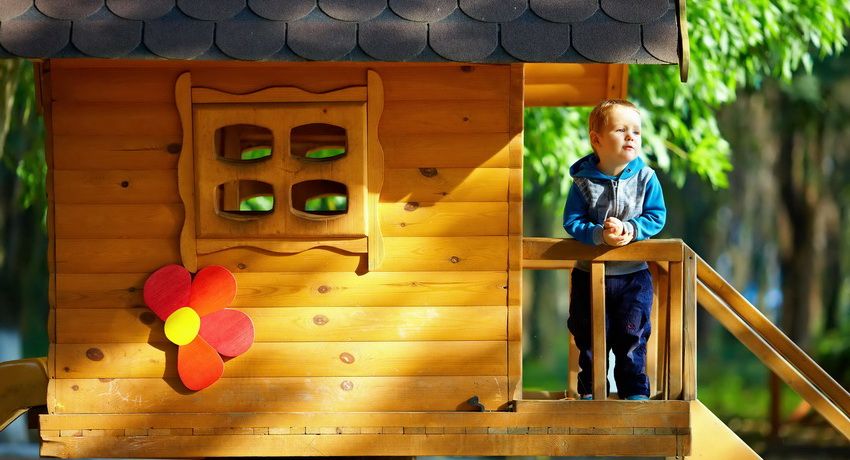A man at the dawn of his history learned to cover the roof of a dwelling with various soft materials. Today there are many types of them.. A video of the installation of a soft roof shows how convenient it is to cover housing with such flexible and pliable materials. What are the options for arranging a soft roof? What is the production technology for installation of soft roofing? These questions are asked by everyone who is interested in the opportunity to equip the roof of his house with the help of modern and beautiful roofing materials.
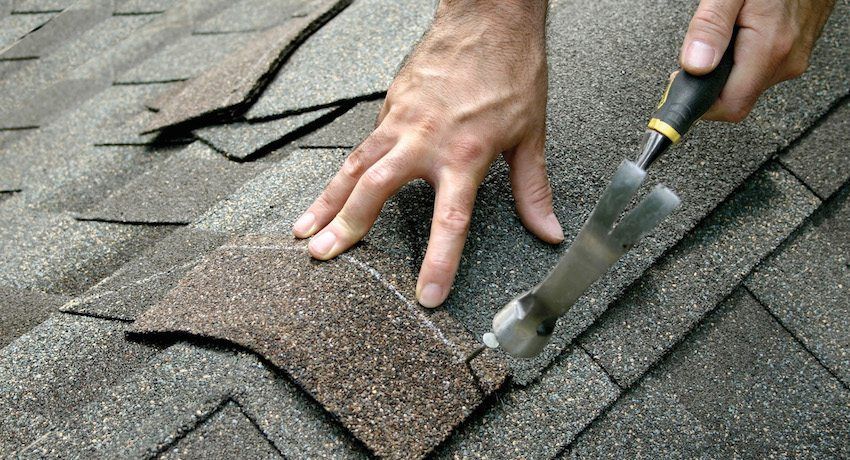
Video installation of a soft roof: advantages and disadvantages
From the name it is clear that this type of roofing is flexible and elastic. Seeing and feeling these qualities in person is only possible if you touch it or look at the video. Installation of a soft roof on complex roofs, thanks to these properties, often becomes the only possible one. Soft roofing materials have a lot of other advantages.:
- no difficulties in installation, do not need bulky equipment and a large number of workers;
- such a roof itself is waterproofing material, so additional layers are not needed at all;
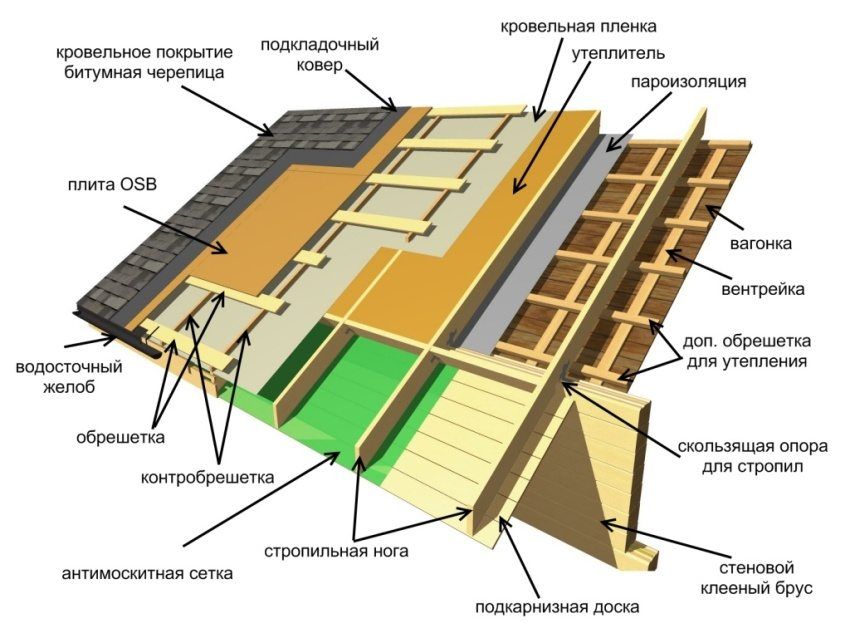
- due to the low specific weight, the load on the structural elements of the roof is significantly reduced, which makes it possible to save on other materials;
- ease of repair. In the event of damage, only a small area changes;
- there is no strong noise during the rain, which is important for living rooms located on the attic;
- at the device of a soft roof, technology of laying such is that waste almost do not remain;
- corrosion to such materials is not terrible, as there is no metal component in them;
- The cost of some materials is not great.
This type of roof, like any other, has several disadvantages:
- The fire resistance of soft materials is weak, since they are often based on bitumen. To a greater extent this is true for roofing material and roofing. Modern technologies have allowed to increase the fire resistance to acceptable performance;
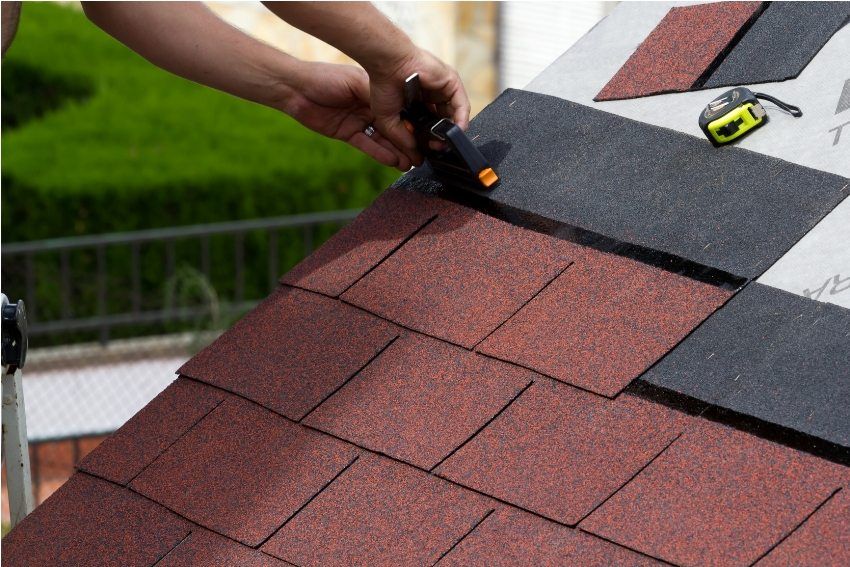
- under the soft roof is required to install a continuous crates, which increases the total cost of the work. The exception is ondulin, which is somewhat tougher than other materials, so its installation is possible on the crate with small gaps;
- weak thermal insulation properties, which makes it necessary to install insulation.
All these pluses and minuses in varying degrees are inherent in various materials for the installation of a soft roof. The styling technique is different for everyone.
Materials for the installation of soft roof are the following main types:
- Bituminous mastic. Rarely used in private construction, as they are mainly used to cover horizontal or slightly inclined surfaces.
- Polymeric membranes. Made of polyvinyl chloride and other polymers. They are glued to the prepared screed using sizing.
- Roll cover. There are self-adhesive or requiring heating.
- Soft tiles. The most popular and expensive material. Due to the variety of shapes and colors, gained great popularity. It is a piece product.
- Ondulin. Slate-like, ribbed sheet material from cellulose and bitumen. It has the properties of hard and soft roofing materials.
All these materials have completely different technology for laying soft roofs. The roof device requires careful selection, the most suitable of them.
The rolled roofing materials include: roofing material, roofing iron, glass-reinforced bead, glass-mash, tekloizol and euro-ruberoid. All of them have a similar production technology. A layer of bitumen mastic with polymer components is applied on the basis of cardboard or fiberglass. If ordinary roofing material and roofing materials belonging to the first generation of materials are not very popular today because of the short (5 years) service life, the rest are actively used in construction. Modern rolled materials have several colors of coloring and the 20-year term of operation. This allows them to cover the roofs of industrial buildings, hangars and outbuildings.
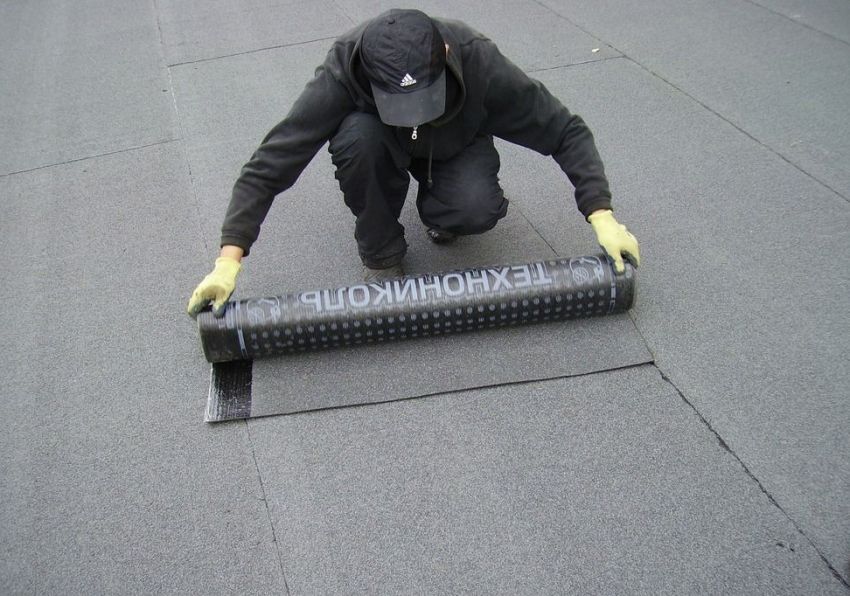
Rolled materials are not very convenient when building a soft roof. Technology laying too complicated and time consuming. It is important to remember that this type of materials can be laid only on the roof with a slight (up to 30 degrees) slope. Before starting the main works, the base is leveled, waterproofing and vapor barrier are installed, mastic and primer are prepared.
Gluing starts from the far corner from the point of ascent to the roof. The material is glued to the base with mastic, which is heated by a torch. In the case of self-adhesive coating, this condition is not necessary. Usually several layers are laid, so that the joints overlap with the subsequent layer. Their number depends on the angle of inclination of the roof. If the roof is flat or inclined by no more than 5 degrees, then it is necessary to make 4 layers, up to 15 degrees – 3 layers, and more than 2 layers are enough. Each layer of glued material is rolled with a roller.
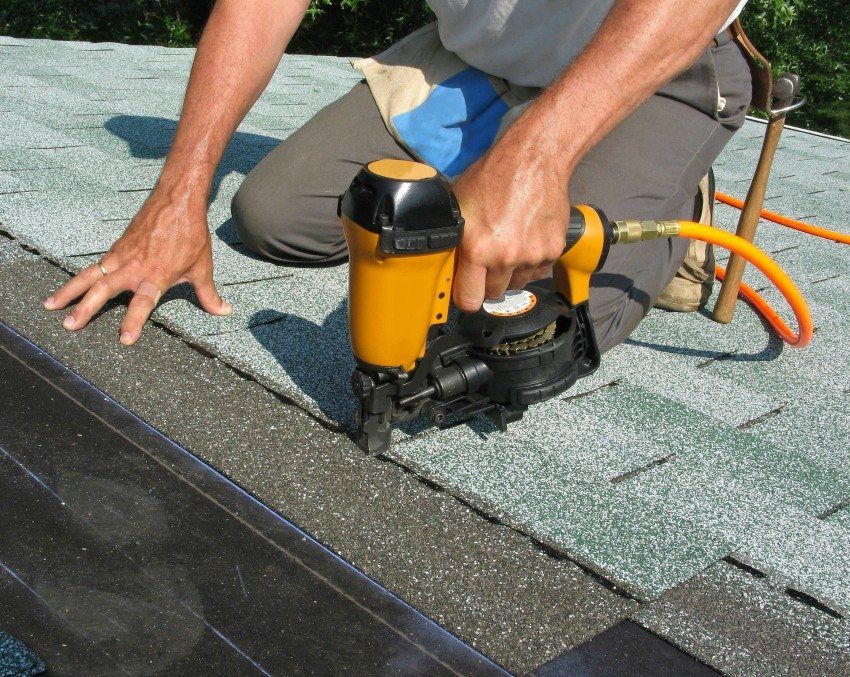
Helpful advice! When air bubbles are detected on the surface of the roof, it is necessary to cut them with a knife. After that, press the place of the cut tightly until the mastic flows.
The use of roll materials is more justified in the construction of large industrial facilities or apartment buildings with flat roofs. For private housing is better suited roof of soft tiles.
The soft or bituminous tile represents a piece material of the small size. Its length is 1 m, and its width is 33 cm. Thanks to this, one person can make all installation work. Each canvas is divided into 4 parts in the form of various geometric shapes and resembles classic tile.
Before laying soft tile base is prepared. The crate must be solid. It is often made from plywood or similar sheet materials. If necessary, the entire surface or in separate places that require special attention, fit the lining carpet under the soft tiles. It is a special roll material that promotes additional waterproofing.
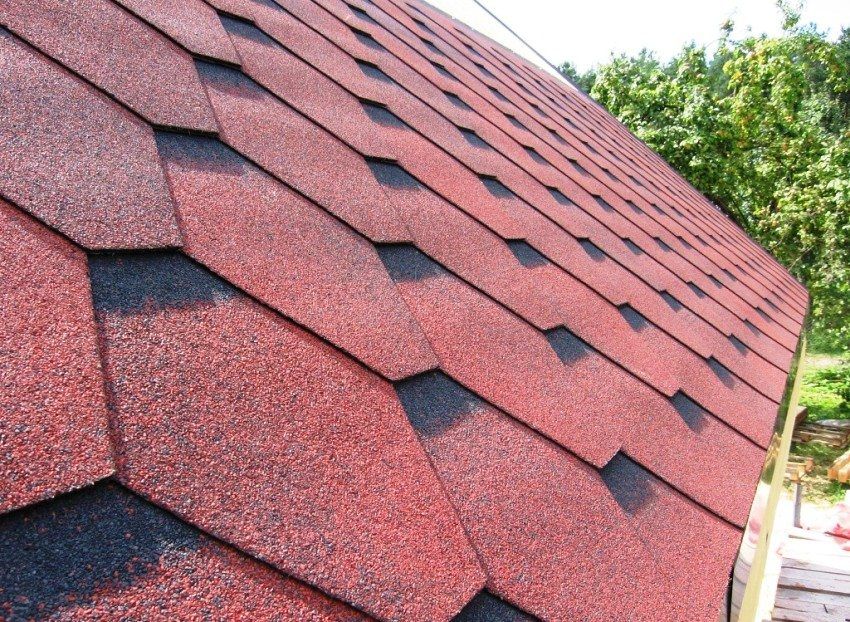
Laying sheets begins from the eaves. The main thing is to put the first row exactly, then it will be easier. Sheets are glued with mastic and pierced with nails at the perforation sites. At the final stage, the ridge and wind sheets are installed. A typical representative of shingles is a soft roofing shinglas, the video of which shows the simplicity of the work carried out, even on the complex roofs of private mansions.
Helpful advice! Laying shingles is best in hot weather. This contributes to better adhesion of the material.
Whatever soft roofing made of piece materials would be, the use of a lining carpet under soft tile, insulation and vapor barrier is an indispensable condition for its normal functioning.

